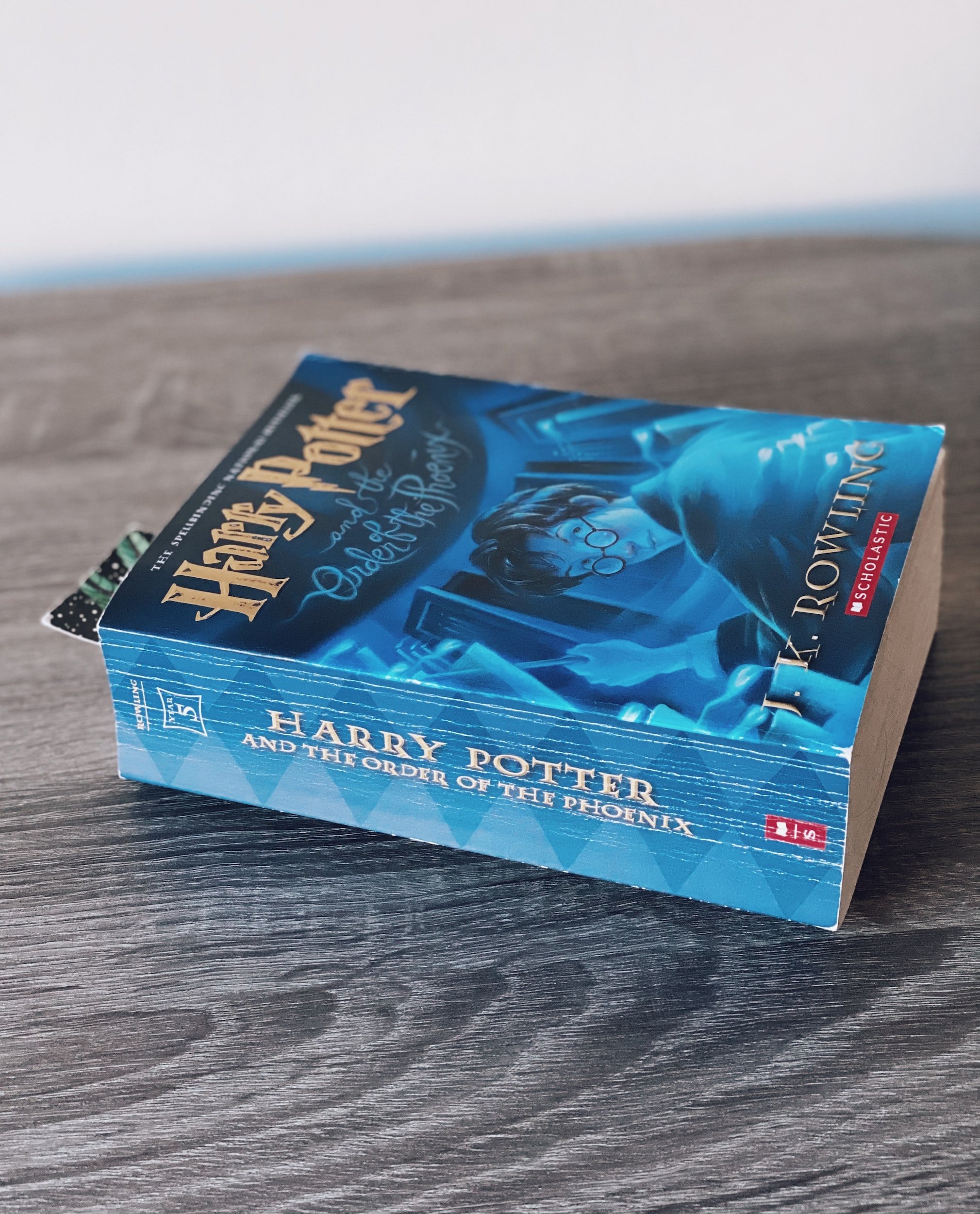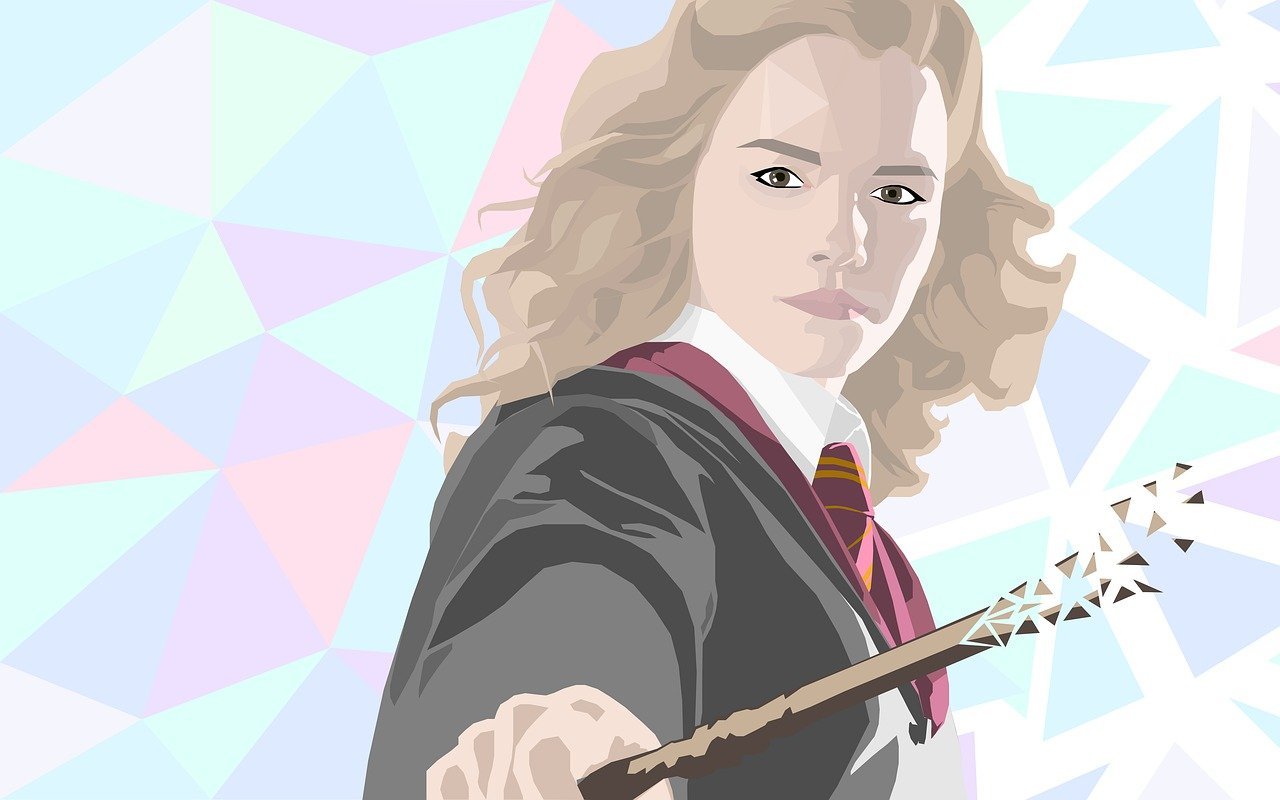15 Major Differences Between the Harry Potter Books and Movies
When the Harry Potter movies came out, we would often leave the theaters in partial disgust. “There’s so much stuff they left out” we would cry, bemoaning showbiz’s revisionist approach to the Wizarding World. As adults, however, we begin to realize that both the books and the movies tell the story about “The Boy Who Lived” in unique and often equally faithful ways. There’s no doubt, however, that much changed between the books and the movies, and here are the five biggest differences.
Warning: Spoilers ahead
*Updated October 31, 2023 to include five additional differences between books and movies.
#1 The Character’s Ages
When we read Harry Potter (especially as children), it’s very easy to see the adults as ancient, wise and a bit aloof. That is, after all, the vantage point of our titular hero. However, upon rereads (and with knowledge of the full books at our disposal), we realize that many of the adults we encounter aren’t actually all that old. In fact, at the beginning of the story, many of the “adults” like Severus Snape, Remus Lupin, and Sirius Black are barely adults themselves.
Harry Potter’s parents were incredibly young when they had him – just twenty-one years old. However, in the Wizarding World, people are more mature at an early age. By seventeen, wizards are completely finished with their education, and begin more practical studies in their careers. That means that at the time of the first book when Harry Meets Severus Snape for the first time (a contemporary of his parents), Snape would have been a mere thirty-two years old!
By the time Harry meets Sirius Black, Sirius wouldn’t have been even thirty-five yet – still considered a young adult by many.
In the movies, however, Britian’s acting royalty were cast as these supporting characters. And they were significantly more mature.
#2 Book to Movie Lengths
While the second movie is the longest film in the series, it is actually the shortest book. Meanwhile, the fifth book is the longest book, and the shortest movie.
The reason for this is due largely to the rotating directors helming the films. Creating Harry Potter films back to back was incredibly arduous and wore directors out – as highlighted in the recent reunion special. For this reason, directorship changed hands regularly, before settling on David Yates for the final films. This also means that each film until Yates brought with it a vastly different vision for how to visually tell the story of Harry Potter.
The first two films were all about making the films as much like the books as humanly possible. Following Columbus’s take on the franchise, however, directors took far greater creative license.
#3 Character Heights
Believe it or not, height is brought up quite often in the Harry Potter series, and it seems to have a loose correlation with power. While clearly outliers exist for this rule – Hagrid is gigantic and not particularly magically gifted, while Flitwick is tiny but tough – for the most part, powerful wizards are also tall. Dumbledore and Voldemort, for example, are both considered “very” tall by the narrator, putting them on par with one another from a height and power standpoint.
In the movies, however, height and power doesn’t follow any rule, and the actors clearly aren’t cast based on their adherence to height. Harry Potter, for example, is considered tall in the books, while Ron is “very tall”, putting him more in that range of Dumbledore and Voldemort – although not magically. In the movies, neither Daniel Radcliff nor Rupert Grint are notably tall (being generous here).
While Richard Harris was within the “very tall” range himself, Gambon is several inches shorter. Meanwhile, Ralph Fiennes while menacing, doesn’t meet the “very tall” criteria, not quite surpassing six feet.
This doesn’t really matter at the end of the day, however, as the “tall is powerful” thing is not a hard-and-fast rule, anyways.
#4 House Elves
From the time we first meet Dobby, House Elves play a significant role in the plot of the books. From Hermione’s obsession with S.P.E.W., to Winky’s role in The Goblet of Fire, to Creature’s betrayal of his master and beyond, the story of House Elves is a major subplot.
In the movies, however, Elves get very little screen time, with even everyone’s favorite Elf, Dobby, being left out of the films entirely after his introduction until the seventh film.
While some people love the House Elf subplot, I’m not the biggest fan myself. I don’t mind them being left out, but would have love to have seen more Dobby.
#5 Apparition and Duels
David Yates’s gang made an odd choice in the final films of the series to enable all Death Eaters to Fly. In the books, that’s not the case. Flight, in fact, is a very coveted dark secret that only Voldemort and Snape seem to know. In fact, being able to fly is so synonymous with Dark Magic that it’s startling when Snape flies away in the seventh book instead of dueling Mcgonagle.
Not only are the death eaters able to fly, however, but we briefly see the Order of the Phoenix members flying about in white light at the end of the fifth movie.
Instead of allowing wizards to seamlessly apart here and there like they do in the books, the films seem to suggest wizards spend a lot of their time flying about, which makes us wonder why anyone would bother with brooms in the first place.
Duels also work very differently in the movies, resembling something more like Jedi sword fights with blasts shooting about than strategic, creative uses of magic.
#6 Prefects
A major subplot left out of the drastically reduced fifth movie of Harry potter is that Ron and Hermione become school prefects, while Harry doesn’t. This is a big moment for Ron because for once in his life, he is able to step out of the shadow of his famous best friend.
#7 Hermione is Ruthless
Hermione gets flowing locks and a mostly pleasant demeanor in the the movies. But in the books, she’s pretty ruthless and even Machiavellian, using and abusing Rita Skeeter through blackmail, as well as a variety of other surprisingly ruthless things.
#8 Ron Isn’t Always so Clueless
Hermione is a great character in general, though. However, the movies don’t just stop at making her more likeable – they also give her a bunch of really intelligent, insightful lines that she doesn’t have in the book. For example when she says “fear of the name only increases fear of the thing itself”. That’s definitly not her line in the books. In fact, Hermione is afraid of saying ‘You Know Who’s’ name throught most of the series.
Ron also loses some significant lines to Hermione. In fact, in the books, he’s the one who suggests Hermione use her wand to help them get through Devil’s Snare in the first book.
#9 Serious isn’t so Slick
Gary Oldman is a fantastic actor, and he makes Serious look like a renaissance man/former rocker. In the books, however, Serious is seriously lacking in maturity (he did spend a lot of time in Azkaban), and really, really grungy and unhappy.
#10 Snape is a Lot Meaner
Allen Rickman made us all love Snape a lot more than we probably would have if we had just read the books and not seen the movies. However, the reality is that Snape is a very, very nasty character in the books, making his character reveal in the seventh movie all the more fascinating.
#11 Dumbledore is Clearly Stronger than Voldemort
Although Dumbledore may not be stronger than Gandalf, he is certainly stronger than Voldemort. In the books, Voldemort is very, very scared of Dumbledore, so much so that he won’t move in the open until Dumbledore is gone. This is less clear in the movies, and in the epic duel between the two, it’s also not clear who has the upper hand. While the battle is relatively close in the books, Dumbledore is a step ahead the entire time.
#12 Peeves
Peeves was present throughout the entire book series, causing trouble, and occasionally helping out. David Heyman said it was tough to leave Peeves out. But back when they were pretty much directly adapting books to movies, they just had to leave something out to make room for the main stuff. So, of course, Peeves was left out from the start.
#13 The Weasley’s Startup Cash
The Weasley Twins, Fred and George, sort of start their super successful business out of nowhere in the sixth movie. In the books, however, there’s certainly warning. Ever since the end of the Tri-Wizard Tournament, we know that the Weasley’s have the means to start building their epic business. That’s because Harry gives them the money they need to start it up.
Harry is sort of fed up with the whole Tri-Wizard thing after Cedric dies and Voldemort comes back to life, so he doesn’t want to keep the money. Not to mention he’s filthy rich.
I guess the Twins are so legendary you don’t even bat an eye when you see them studded out in expensive robes in the sixth movie. But their business had humble beginnings.
#14 The House Cup
Although the House Cup does get suspended on occasion (when the Chamber of Secrets is opened, and when the Tri Wizard Cup is happening), most of the time it is still going on in the books, and teachers are still handing out points and taking them away like candy.
In the movies, however, the House Cup entirely vanishes after Dumbledore sort of proves the whole system makes no sense at the end of Sorcerer’s Stone.
#15 Harry Gets his Wand Back
This final point is kind of an annoying one that we really wish they had included in the movie. In both the books and the movies, Harry gets his original wand snapped during his battle with Nagini in Godric’s Hallow. In the books, however, Harry eventually uses the Elder Wand to fix his own wand before placing it in Dumbledore’s tomb – a testament to the great wizard.
In the movies, however, he just sort of awkwardly snaps it in two and throws it away.

















